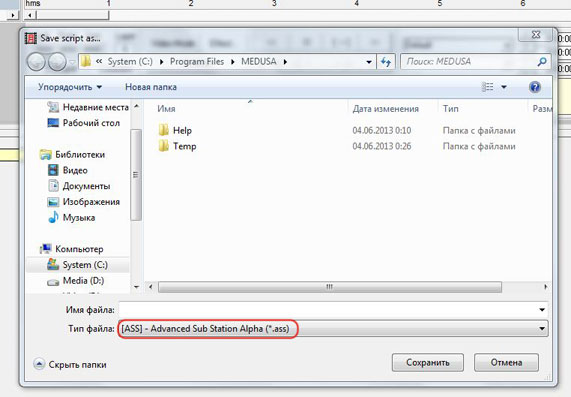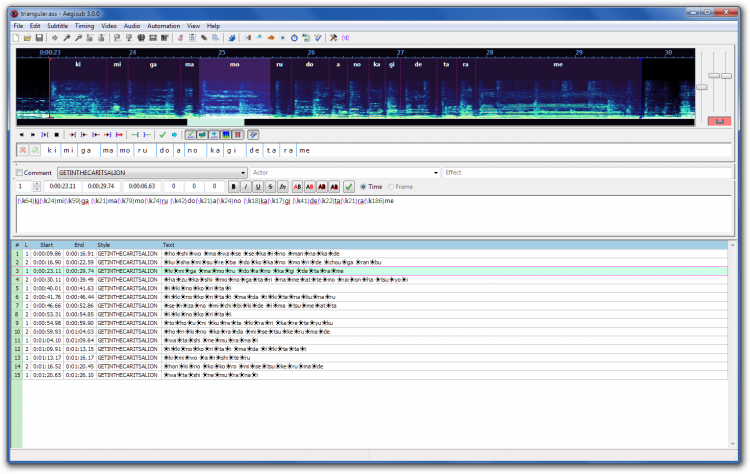
Rural Issues Edited by Susana Helm and Cecile Lardon The Rural IG column highlights the work of community psychologist and colleagues in their rural environments. We welcome your submissions and inquiries!
With any submission, we will provide timely feedback in the form of track changes and comment bubbles on your word document, so that a series of revisions is possible. We aim for submissions of about 1200 words, with about 10 APA style references. Photographs (jpegs) and other graphics enhance articles, which are now published in the online version of TCP in color! Please send submissions to Susana (). This is a great opportunity for students to share their preliminary thesis or dissertation work, or insights gained in rural community internships. For this issue we have two brief reports.
It is extra firm, for detailed mustache styling, just like Steven's. Be sure to #shareyourstache on Twitter, and follow Steven @realStevenAdams. Nemeckie boevie nozhi bremen vtoroj mirovoj vojni. To apply this mustache wax, we recommend using a blow dryer to heat the wax up, work quickly, and use a blow dryer to set the wax. Steven told us his favorite scent was Oakmoss + Whiskey (mine too!) so we put a little twist on it and added a bit of rosewood essential oil to the mix.

The first Brief Report is a student co-authored example from Erika Jang, an undergraduate majoring in Family Relations, in the College of Tropical Agriculture and Human Resources at the University of Hawai`i. Erika is completing her junior year internship (one semester) in our Rural Health Initiatives program. She will be contacting Rural Interest Group members via email in the upcoming 2-3 months to inquire about your rural community psychology activities, and will be asking if you would like to contribute to this column.
It is really wonderful and surprise when you can create your own love video for lover. A Lovely Video will make you relationship more better. All Things will be. Alternatively, instead of defining a new table in data expansion, «Z» is stored in the location table ProgramInfo (program information) for information about the.
Erika participated in a SAMHSA webinar recently, which prompted our brief report below. The second brief report is from Professor Pamela Mulder of Marshall University in West Virginia where she has served as the senior editor of the Journal of Rural Community Psychology. Obrazec plana raboti po osuschestvleniyu proizvodstvennogo kontrolya 3. She is passing the baton to a new editor, Associate Professor Keelon Hinton, also of Marshall University. On behalf of the Rural Interest Group – welcome aboard Keelon and a big mahalo (thank you) to Pam! As JRCP moves forward, please consider volunteering to serve as a reviewer and to fill vacancies on the Editorial Board of the journal. Brief Report: Rural Mental Health – a Focus on Rural Veterans and Service Members Written by Hee Yun Erika Jang and Susana Helm The President’s New Freedom Commission on Mental Health delineates six overarching goals for achieving a transformed mental health system (President’s New Freedom Commission on Mental Health, 2003; see Table 1).
Of particular interest in Rural Community Psychology is the third goal to eliminate mental health disparities. Recommendations 3.1 & 3.2 focus on improving access to culturally competent quality care in rural and geographically remote areas. President’s New Freedom Commission on Mental Health Goals Goal Focus & Recommendations 1 Americans Understand that Mental Health Is Essential to Overall Health 2 Mental Health Care Is Consumer and Family Driven 3 Disparities in Mental Health Services Are Eliminated 3.1 Improve access to quality care that is culturally competent. 3.2 Improve access to quality care in rural and geographically remote areas. 4 Early Mental Health Screening, Assessment, and Referral to Services Are Common Practice 5 Excellent Mental Health Care Is Delivered and Research Is Accelerated 6 Technology Is Used to Access Mental Health Care and Information Prevalence Rates. While prevalence rates vary greatly based on how data were measured and collected, it is important to compare prevalence rates when discussing health disparities.